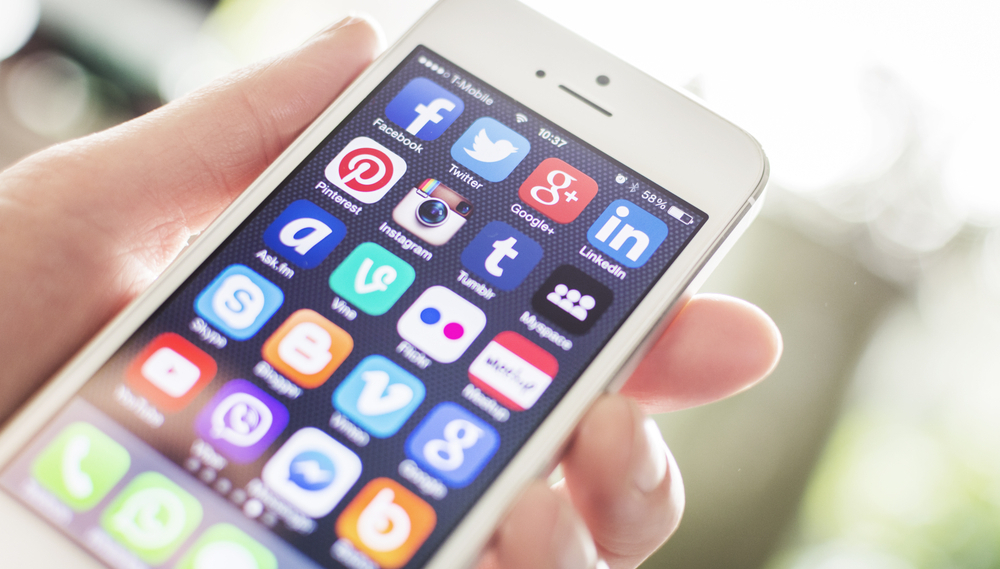Social media is not a billboard
At Plaid Swan, we are constantly thinking about social media and where it is taking brands these days. Social media is constantly changing, but there’s one aspect that hasn’t changed: the social side.
Social media was designed to be a place to connect with your friends, family, and maybe co-workers or previous classmates. Now, you can also interact with the businesses, organizations and brands you love.
Social media derives personalized experiences that most people with internet access interact with every day. Businesses also contribute to this experience. They post what they believe will please their followers. They also use metrics and analytics to determine which type of content is successful and which platforms could use a different approach.
There is more to social media than just posting content, however. Getting your audience to engage with posts and updates (i.e. “like” it, comment on it and share it) will show their interest in what your business is doing, as well as make your content stand out and more visible with current algorithms.
Since social media is a two-way street, you also need to communicate back to your audience and show your interest in their wants and needs. Society is changing and shifting to a world where communication over the internet is as (or more) important than face-to-face communication. Just as you answer your business’ telephone or greet visitors in your office, you need to answer or react to your follower’s comments and posts. If you publish content without ever interacting with your consumers, you are doing nothing more than placing a billboard on your page, and that billboard is not going to be located near a heavily-trafficked area.
The engagement and interaction side is why we call it “social” media in the first place. The goal is to be social by remaining active on your platforms and communicating with your followers to foster a relationship with the people who enjoy your products and services.
Here is what you need to know about social media engagement and how your business can do it well.
What is social media engagement?
Social media engagement is similar to a long-term relationship. Imagine a committed relationship, maybe to the point a couple decides to get married. These two people are dedicated to one another, they interact regularly and enjoy what each other has to say. They are prepared to adapt to new things, and they can think of their future together.
With social engagement, relationship building is key in determining the success of a business’ social media. In this case, however, there is not only one committed relationship; there are tens, hundreds or thousands of relationships. Regardless of how large your current audience is, there is always room to grow by creating more of these interactive relationships.
Why does engagement need to be part of your social media strategy?
Engagement is a way to simply exceed your followers’ expectations. No, it is never required of your business to respond to comments or direct messages; it is not mandatory for you to follow other social media accounts; you don’t even have to post.
But it is expected and will determine how successful social media will be in your marketing mix. What’s the point of being a part of any social media platform if you don’t do these things?
Step out of your comfort zone and find ways to benefit your consumers when possible. For example, use social media as another tool for customer service. Post insightful content to inform and enthuse your followers about what your company is doing to make their lives better. Then take a step further to answer their questions, react to their excitement and take their feedback as if it’s a bar of gold.
According to this Sprout Social report, using social media is now the top choice for people seeking customers service. Facebook and Twitter have become the first places social media users go for customer support, product inquiries or just to thank you for doing business.

Your business can also take advantage of these conversations to learn more about your active customers and polish your brand’s identity to increase your credibility. As the waves of feedback – both positive and negative – stream down your accounts, you will be watched to see if you consider and appease your customers.
Some of your social media followers will also provide marketing materials for you, which is called user-generated content. This is an opportunity to share content your audience posts about you to increase your reach and continue to build brand support. You are essentially showcasing your customers, which pushes others to interact with your brand to gain an avenue of communication. (Plus, who doesn’t love seeing their content published on their favorite brand’s page or story?)
How long does it take?
The great thing about engagement is that you can do as little or as much of it as you want to (or need to). The higher your efforts are to maintain a meaningful conversation between your business and your customers, the more engagement you will continue to receive. This ultimately helps with referral traffic (getting more people to see your content and activity), which leads to more followers and finally means more loyal customers.
What can you expect with or without social engagement?
The benefits of social media engagement seem clear, so why haven’t more brands fully embraced it in their marketing strategies?
Merely broadcasting your content will lead to low reach and poor traffic. By adding engagement to your social media efforts, your brand awareness will be boosted as your shares, reach and impressions rise. Your business’ brand loyalty and value will also escalate as you continue to cater to your followers’ needs, find solutions to their problems, and show your dedication to pleasing your customers.
For example, people enjoy positive interactions with brands on social media. The Twitter exchange below is a great example of how thoughtful and fun social engagement between a business and customer can be. Aside from receiving several likes, comments and retweets, Sainsbury’s increased its earned media by getting published in news outlets like Buzzfeed.

Likewise, followers want to know their needs are being noticed and considered. Target displayed kindness in response to one customer’s thoughts about the store’s layout, shown below. She then showed appreciation for their response to her concerns. They also took advantage of the concern and offered a service for others with similar thoughts. If they hadn’t taken the time to reach out to her, she may not have known about the service, and she could have begun shopping at a competitor’s grocery store who was willing to cater to her needs.

If your business believes it can manage without the use of engagement on social media, you might think twice after this. Best Buy is extremely active when considering how often they post to their Instagram account. However, it is hard to find a response to any of their customer’s queries. In the post below, a customer had questions about a camera. They commented four times with questions and concerns about the product and not being able to contact the company for assistance. At the end of her complaint, she said, “…never ordering here… just poor customer services! I used to love them but [there are] more stores out there…”

What can I start doing right now to engage my followers?
Post frequently and remain active on each platform
Post your own content in regular patterns and do so often. Each platform has its own algorithms to dictate which content is seen more often and by more people, and each user is a creature of habit in terms of when they are likely to check social media throughout the day. For Facebook and Instagram, it is suggested to post a minimum of three times each week, while Twitter is more demanding with a minimum posting of twice each day.
Not only should you be sharing your own content but use each platform as a vehicle to share other business’ content. Keep in mind, the content you share from other accounts should still be relevant to your industry, your brand and its mission, as well as the products and services your business offers.
Be personal
When communicating with your followers, stay in line with the tone of your business. This may be casual, formal, sarcastic, and so on. Speak to them without sounding like a press release and show them there is a real person behind the brand. By doing this, you will begin to connect with your customers and earn loyalty for the way you treat them. Showing respect and understanding when communicating will lead them back to your content.
Listen
Engagement is like playing a game of tennis. Your business serves the ball by posting content for your audience to anticipate and receive. They will then return the ball by liking, commenting and sharing your posts with their friends and family. If you abandon their return, you will lose the point. By being prepared to handle positive and negative feedback (and always respond to the negative), you will show you are responsive and considerate of their thoughts. The conversation will rally on as long as it takes to satisfy each of your followers to win each point.
Monitor
There are several social media marketing apps which track important engagement metrics, including shares, retweets, reach and impressions. Take time each month to see which posts are gaining the most views and find ways to improve posts that receive low engagement.
If you have further questions about how social media can play a part in your marketing mix, reach out to us!
Plaid Swan is a women-owned marketing communications firm operating out of Cedar Rapids, Iowa. The firm represents clients across the United States in public relations, media planning, social and digital media, graphic design and strategic planning. Visit us online at PlaidSwan.com or on our social media channels as @PlaidSwan. Lines are meant to be crossed.

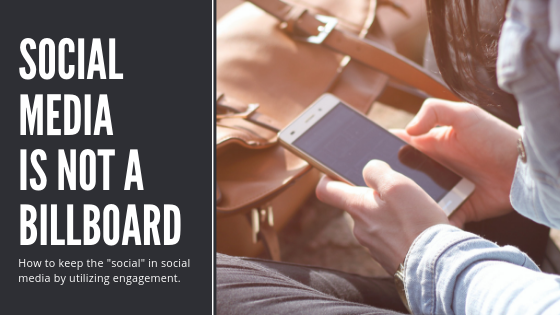
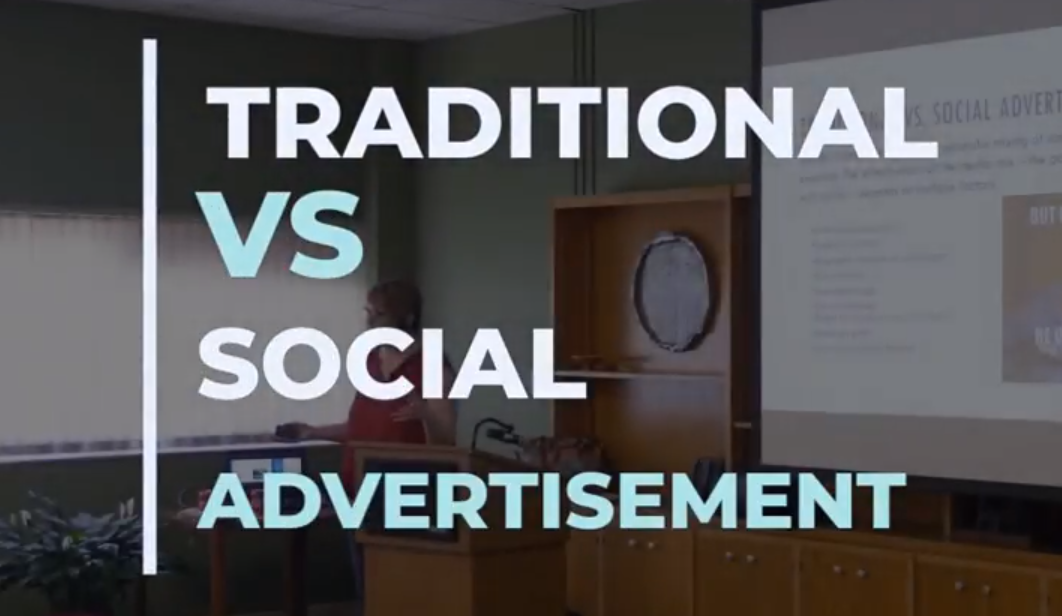
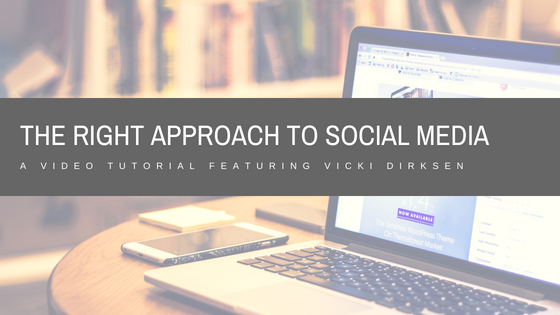

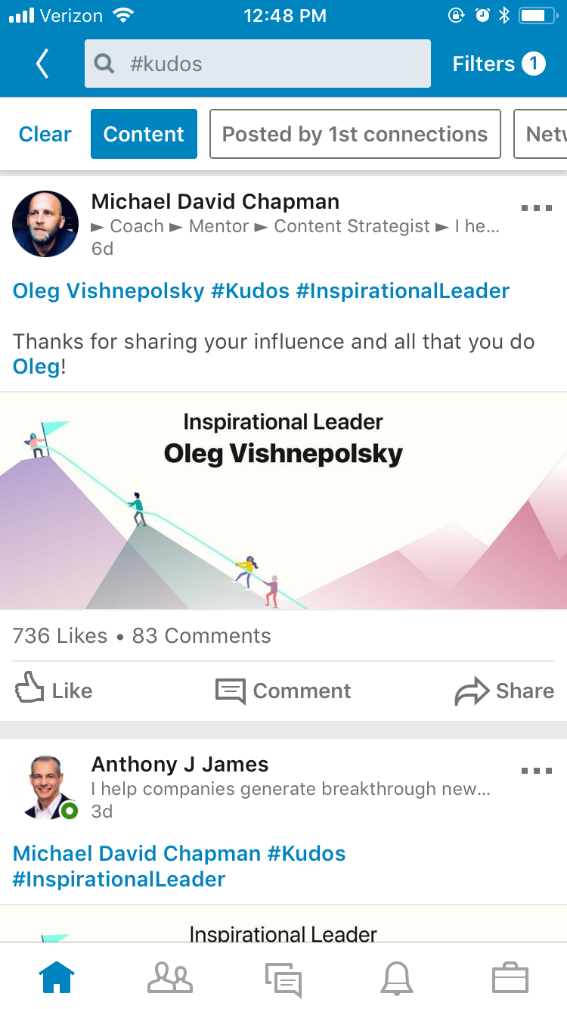
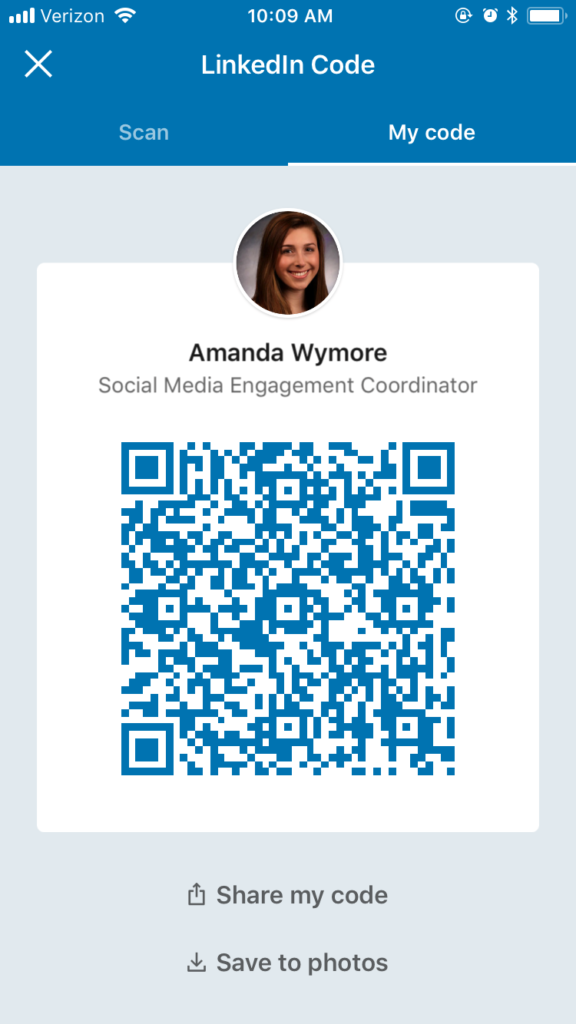
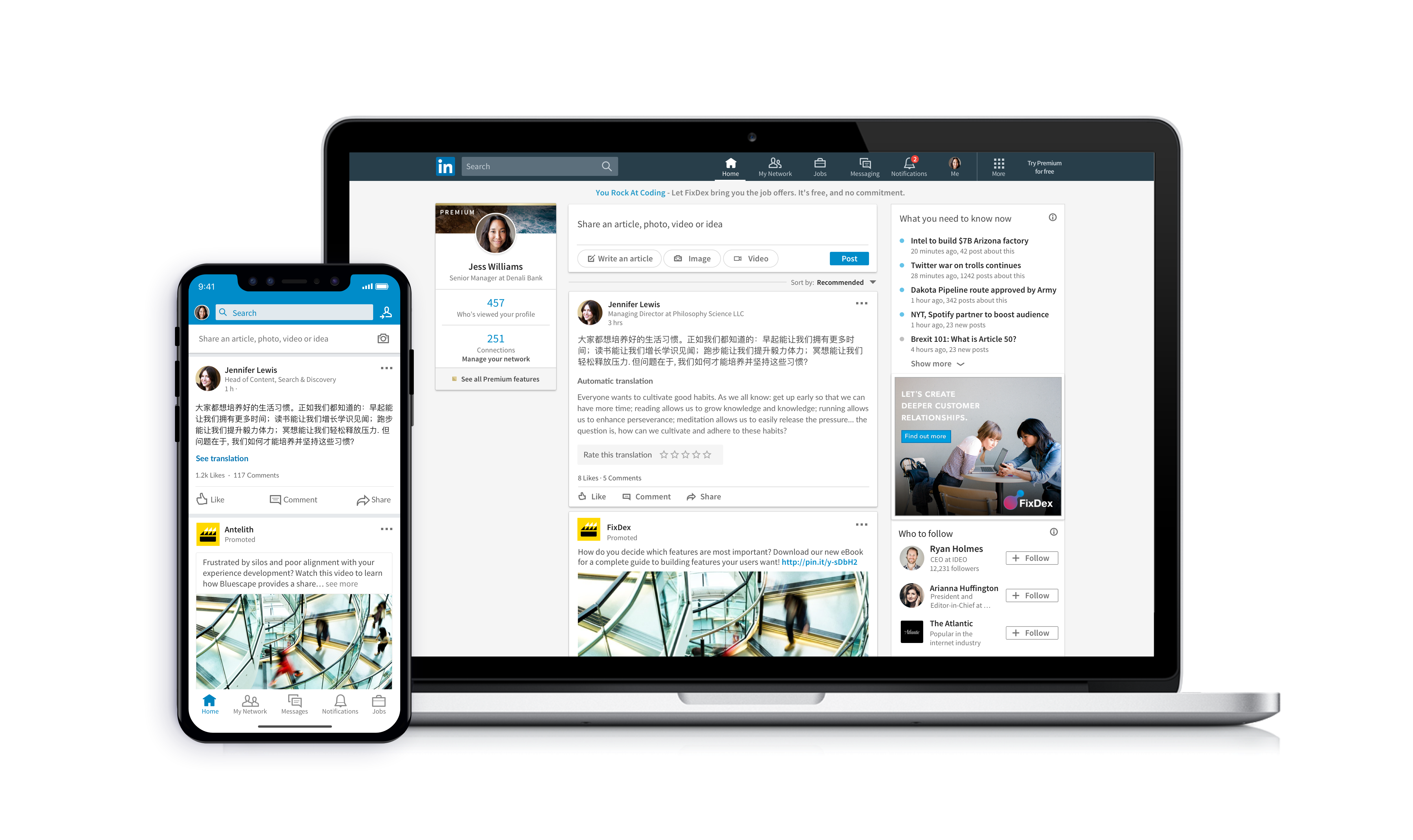


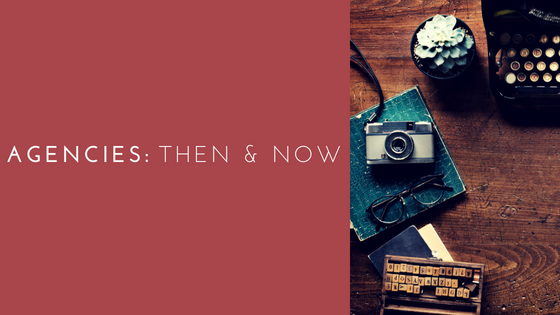
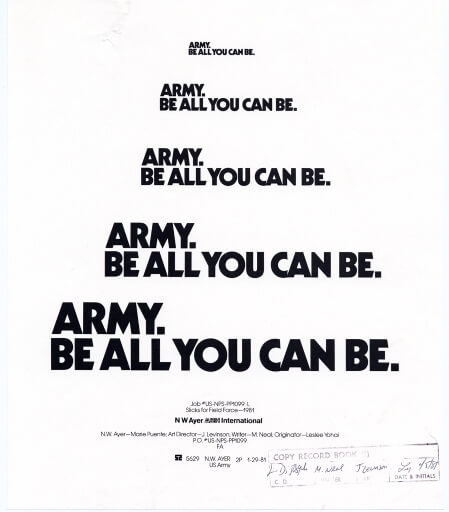
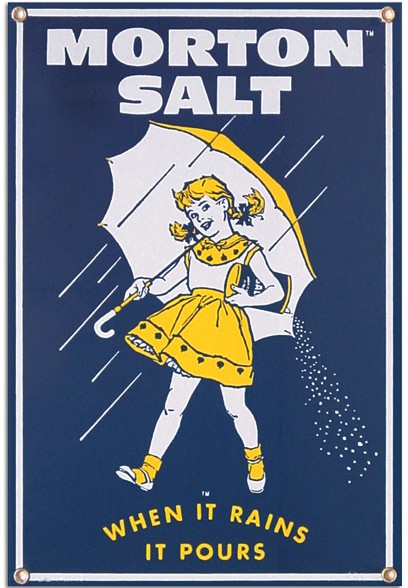
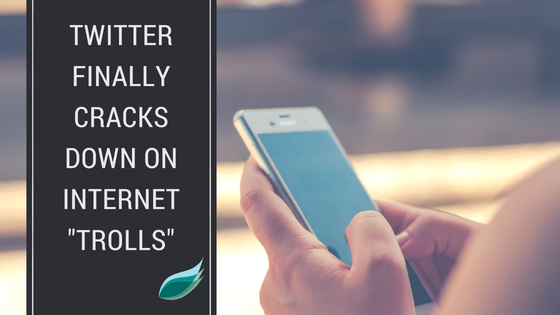

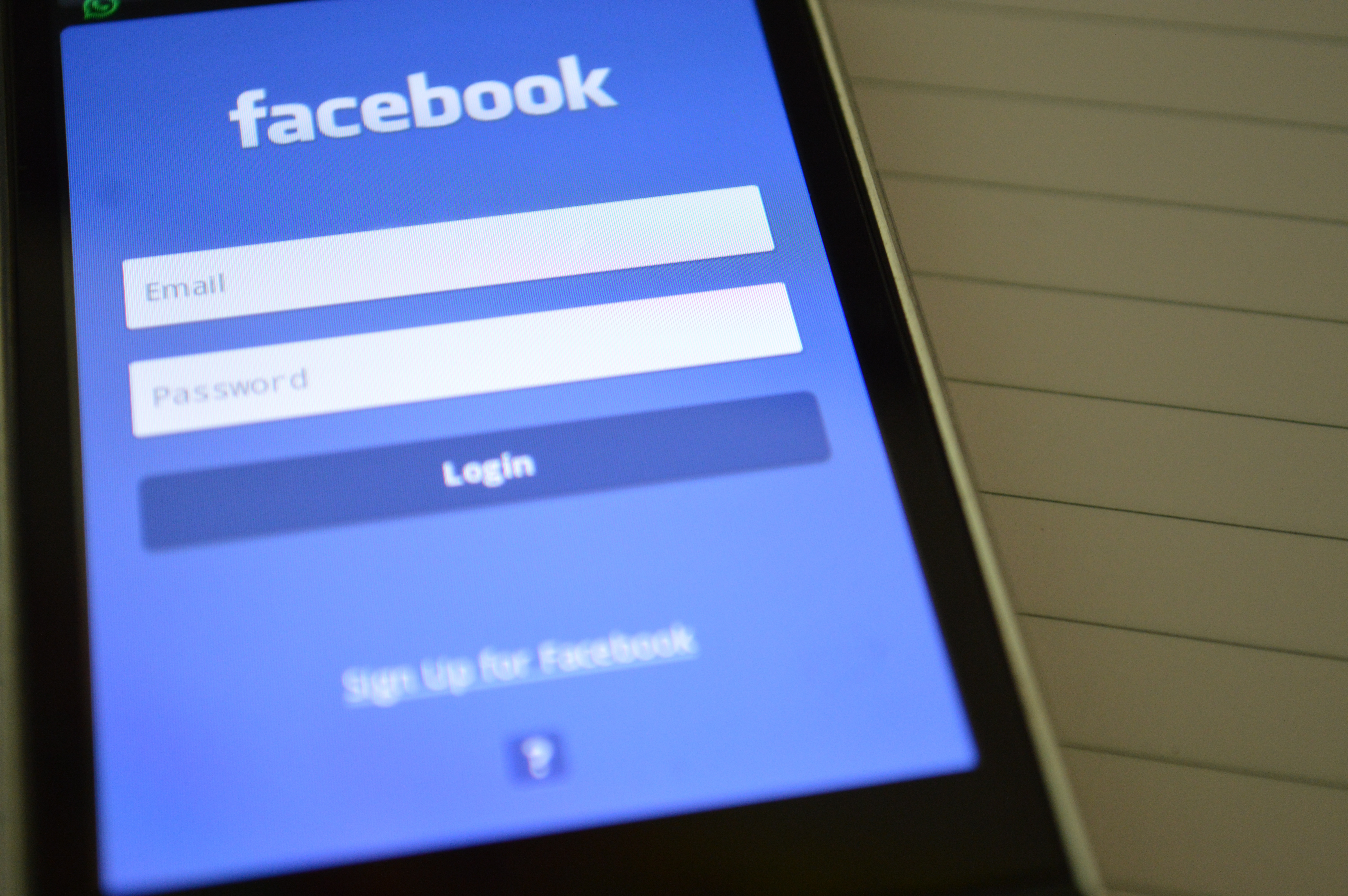
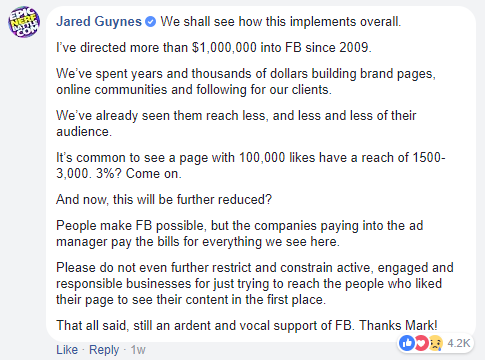
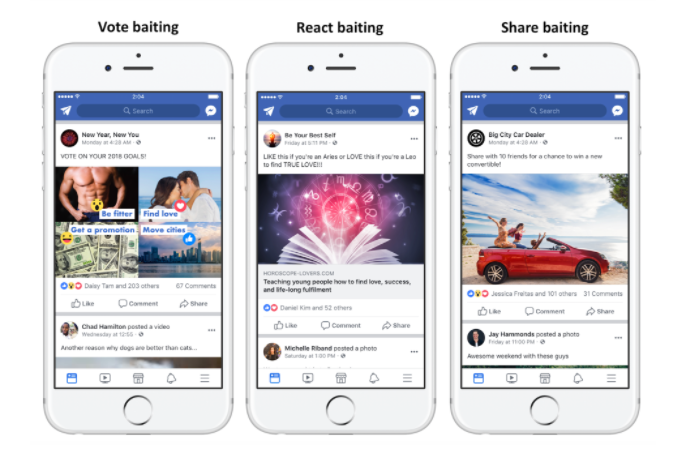







 -Haley Corkery │ Public Relations Specialist
-Haley Corkery │ Public Relations Specialist